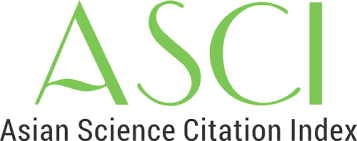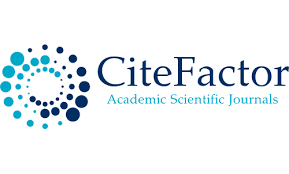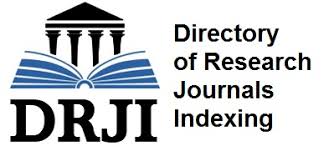Cost-benefit Analysis of Early Speech-Language Intervention in Children with Autism Spectrum Disorder: A Public vs. Private Sector Perspective in Pakistan
DOI:
https://doi.org/10.63516/Keywords:
autism spectrum disorder, speech-language intervention, cost-effectiveness analysis, public-private healthcare comparison, early interventionAbstract
Background: Autism spectrum disorder (ASD) is a complex neurodevelopmental condition significantly impacting children and families through communication and social interaction deficits. While early speech-language intervention demonstrates effectiveness for children with ASD, limited research exists comparing cost-effectiveness across public and private healthcare sectors, particularly in developing countries like Pakistan.
Methods: This cross-sectional comparative study analyzed 256 participants (128 per sector) consisting of parents of children with ASD aged 2-6 years receiving speech-language therapies in Karachi, Pakistan. Data collection utilized demographic questionnaires, validated clinical assessments (CARS-2, PLS-5, VABS-3), cost assessment instruments, and quality of life measures. Statistical analyses included descriptive statistics, comparative analyses, and economic evaluations using cost-effectiveness and cost-benefit frameworks.
Results: Significant intersectoral differences emerged across demographic, clinical, and economic variables. Private sector families demonstrated higher socioeconomic status (71.9% earning >PKR 75,000 versus 10.2% public sector) and achieved superior clinical outcomes, with children showing 12.8-point higher language scores and 11.3-point socialization improvements. Despite higher annual costs (PKR 198,450 versus PKR 89,340), private services demonstrated superior cost-effectiveness with better benefit-cost ratios (2.12 versus 1.84) and shorter payback periods (2.8 versus 3.2 years).
Conclusions: Early speech-language intervention generates substantial benefits across both sectors, with private services achieving superior clinical outcomes and long-term cost-effectiveness despite higher initial investments. Findings support increased public sector investment and policy interventions to enhance service quality while addressing socioeconomic disparities in autism intervention access.
Downloads
Published
Issue
Section
License
Copyright (c) 2025 Archives of Management and Social Sciences

This work is licensed under a Creative Commons Attribution 4.0 International License.








